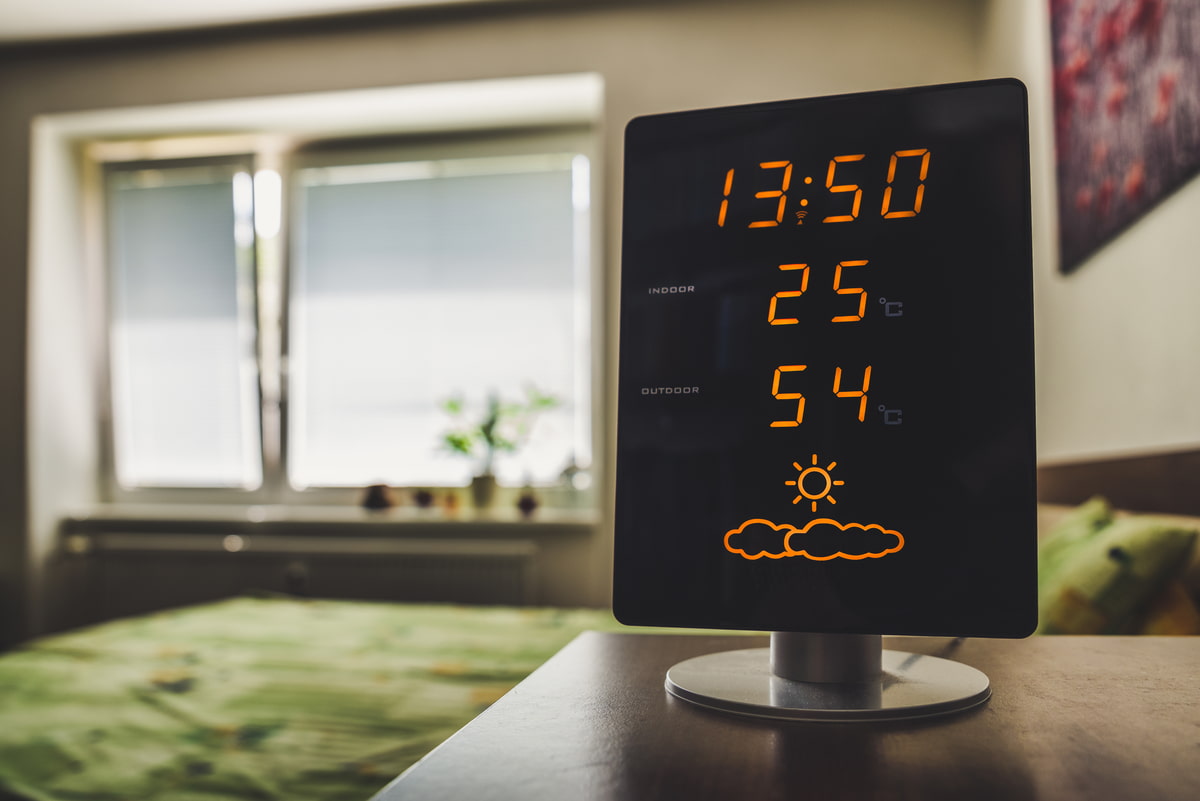
How Temperature Affects Through-Surface Wireless Charging
Temperature management is crucial for efficient wireless charging through surfaces. The InvisQi wireless charger incorporates advanced thermal management features to maintain optimal performance across various environmental conditions.
Temperature Impact Analysis
1. Operating Temperature Ranges
Critical thermal parameters:
- Optimal range: 20-30°C (68-86°F)
- Maximum safe operation: 40°C (104°F)
- Minimum effective temperature: 0°C (32°F)
- Performance degradation thresholds
2. Material Temperature Effects
Surface material responses:
- Wood: Temperature-stable performance
- Glass: Excellent heat dissipation
- Stone: Heat retention concerns
- Composite: Variable thermal responses
Performance Impact
1. Charging Efficiency
Temperature-related changes:
- 20°C: 100% nominal efficiency
- 30°C: 90-95% efficiency
- 35°C: 80-85% efficiency
- Above 40°C: Safety throttling
2. Power Delivery
Temperature effects on power:
- Optimal temperature range output
- Thermal throttling thresholds
- Recovery time requirements
- Safety cutoff points
Thermal Management
1. Active Cooling
Heat dissipation methods:
- Ventilation requirements
- Air flow patterns
- Heat sink designs
- Thermal interface materials
2. Passive Cooling
Natural cooling strategies:
- Material selection impact
- Surface spacing guidelines
- Environmental considerations
- Installation optimization
Commercial Applications
Business implementation considerations for temperature management:
1. Installation Planning
Environmental factors:
- Ambient temperature assessment
- Ventilation requirements
- Heat accumulation zones
- Material thermal properties
2. Usage Patterns
Operational considerations:
- Peak usage periods
- Cooling cycle management
- Load distribution
- Temperature monitoring
Best Practices
1. Temperature Monitoring
Management protocols:
- Regular temperature checks
- Performance tracking
- Early warning systems
- Preventive measures
2. Installation Guidelines
Temperature optimization:
- Proper spacing
- Ventilation planning
- Material selection
- Heat management design
Troubleshooting
1. Temperature-Related Issues
Common problems:
- Overheating indicators
- Performance degradation signs
- Thermal shutdown triggers
- Recovery procedures
2. Prevention Strategies
Preventive measures:
- Regular maintenance
- Environmental control
- Load management
- System monitoring
Conclusion
Understanding and managing temperature effects is crucial for optimal wireless charging performance through surfaces. Proper installation, monitoring, and maintenance practices ensure stable operation and extended system longevity.






